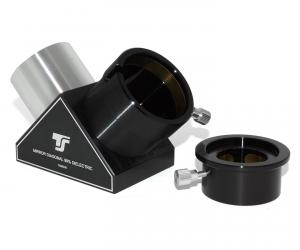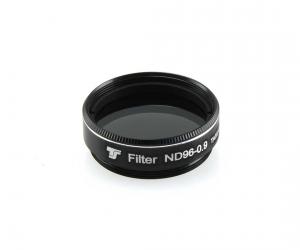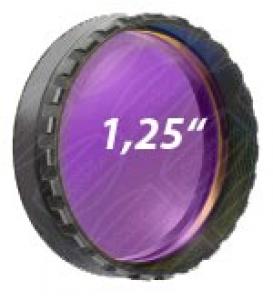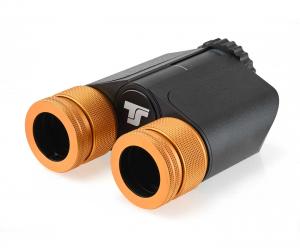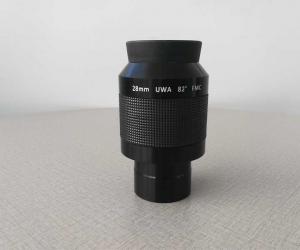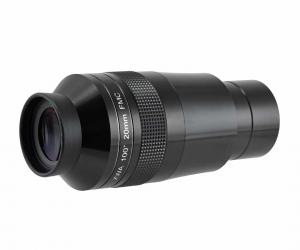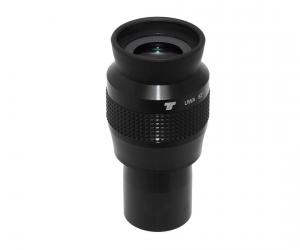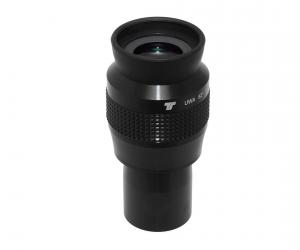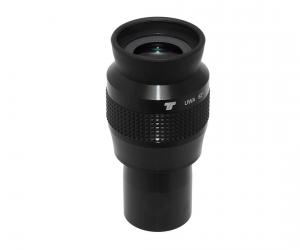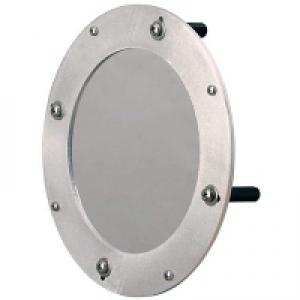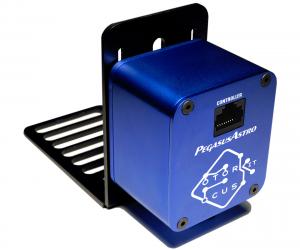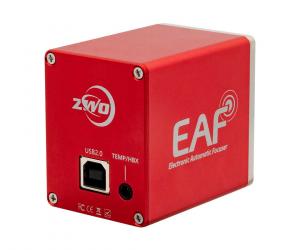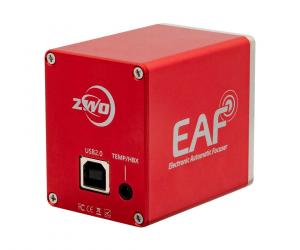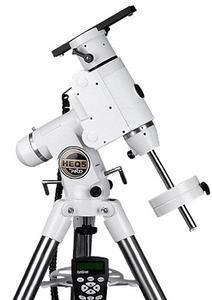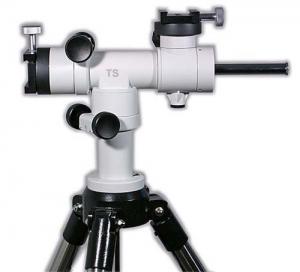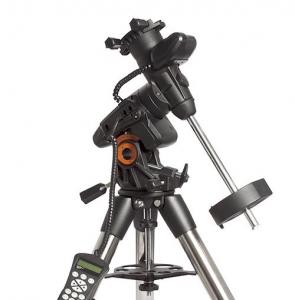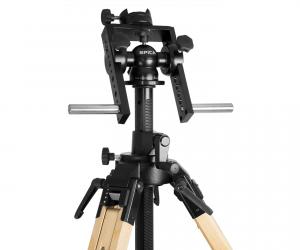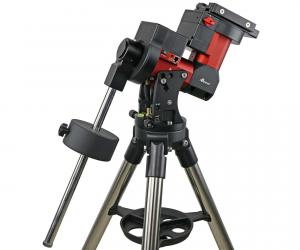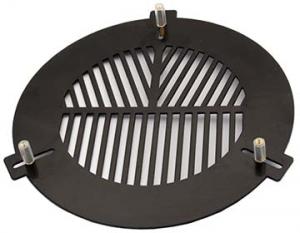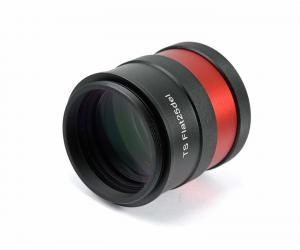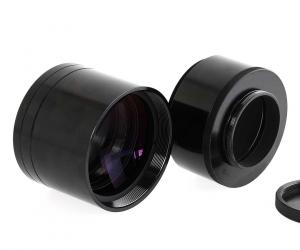- Telescopes
- Overview:
Telescopes - Achromatic Refractor
- Apochromatic Refractor
- Overview:
Apochromatic Refractor - ED Refractor - less color aberration than an achromatic
- SD APO - color free 2-element APO objective
- EDT APO - 3 element ED objective
- High End APO with 3-element APO objective - no color aberation
- Flatfield APO with flat field for Astrophotography
- All Apos and EDs from all manufacturers - large overview
- TS APO and ED from Japan with high quality optics
- Overview:
- Newtonian Telescopes
- Dobsonian Telescopes
- RC Ritchey Chretien Telescopes
- Casssegrain Telescopes
- Reflektor Telescopce with Lens Correcture
- Maksutov Cassegrain Telescopes
- GoTo Telescopes
- Solar Telescopes H-Alpha
- Overview:
- Mounts Tripods Rings Rails Power Supply ...
- Overview:
Mounts Tripods Rings Rails Power Supply ... - Mounts Equatorial with GoTo
- Mounts Equatorial without GoTo
- Mounts Azimutal with GoTo
- Mounts Azimutal without GoTo
- Mounts GoTo - Harmonic Drive
- Travel mounts for astro imaging
- Tripods Piers Polar Wedges
- Mount Control & Electronics
- Dovetail Clamps, Plates and Mount Adapters
- Tube Rings
- Power Supply
- Counterweights Balance Weights
- Mount Accessories - Other
- Overview:
- Telescope Accessories
- Overview:
Telescope Accessories - Eyepieces
- Barlows & Reducer Lenses
- Diagonal Mirrors and Prisms
- Binocular Viewers
- Finder Scopes
- Telescope Collimation and Test
- Cleaning Tools
- Transport and Storage
- Dust protection for Telescopes & Accessories
- Stray Light Protection
- Dewcaps and Heater
- Focusers, Adapters, Motorfocus
- Telescope DIY & Improvement
- Other telescope accessories
- Replacement Parts
- Overview:
- Filters
- Overview:
Filters - Color Filters and Color Filtersets
- Nebular Filters for Visual Observing
- Neutral-Density and Polfilter
- Photo Narrowband Nebular Filters
- Photo Broadband Filters
- Photo Planetary Filters
- Photo R-G-B and IR Cut Filters
- Photo - Filtersets
- Photometric Filters
- Clip Filter for DSLR Cameras
- Filter Wheels and Filterslider
- Solar Filters for white light
- Solarfilter for H-Alpha and Calcium
- Overview:
- Adaptors
- Overview:
Adaptors - Adapter 1,25" and 24,5mm
- Adapter 2"
- Adapter T2 - M42x0.75
- Adapter M48x0,75
- Adapter M54
- Adapter SC
- Adapter M63
- Adapter M68
- Adapter to other Threads
- Adapter Extensions
- Adapter camera bayonet
- Adapter Objective Filterthread
- Adapter Quick Changing , Rotation
- Adapter Eyepiece Projection
- Adapters Tilting
- Overview:
- Astrophotography and Photography
- Overview:
Astrophotography and Photography - Cooled Cameras
- Cameras without Cooling
- Deep-Sky Cameras uncooled
- Set-Offers Camera, Filter, Wheels
- Acessories for Cameras
- Travel mounts for astro imaging
- Imaging Correctors for Telescopes
- Autoguiding Cameras & Sets
- Everything for Guiding
- Focusing aids - Bahtinov mascs
- Flat Field foils and boxes
- Lenses for Cameras
- Piggyback Camera Holder
- Camera Bags, Photocases & more
- Digital Camera and Smartphone Adapter
- Other photo accessories
- Overview:
- Binoculars, Spotting Scopes, Microscopes, Range Finders
- Overview:
Binoculars, Spotting Scopes, Microscopes, Range Finders - Roof Prism Binoculars
- Binoculars with Porro prisms
- Binoculars from 100mm Aperture
- Binoculars with 1,25 inch eyepieces
- TSMX APO Binoculars
- Binoculars for Astronomy
- Binoculars Hiking Bird watching
- Monoculars - Opera Binoculars
- Accessories for Binoculars
- Spotting Scopes
- Range Finders
- Microscopy
- Bags for Phototripods & Binoculars
- Overview:
- Phototripods and Binomounts
- Books, Software
- Overview:
Books, Software - Books for Astronomy Beginners
- Star Charts and Planispheres
- Books about our Solar System
- Observing Tips for Amateurs
- Popular Astronomy Literature
- Teaching material
- Astrophotography books
- Telescopes, Observatories, Construction
- Calendars Yearbooks
- Software, Star Charts
- Books for Microscopers
- Books Nature and Animals
- Nature Photography TimeLapse
- Overview:
- Night Vision, Magnifiers, Weather, Domes & more
- Beginner Astronomy and Gift Ideas
- Second Hand & Special Offers
- New products
Manufacturer: -TS Teleskope
Product number: TSED152F5
EUR3599.00new
EUR 3.599,00RRP EUR 3.925,00you save 8.3% (EUR 326,00)
incl. 19 % VAT (DE)
The VAT indicated refers to that applicable in Germany. After logging in, the VAT amount is adjusted to the applicable VAT of the stored delivery country. Therefore, the final price may vary accordingly.
excl. 45.95 € shipping costs (DE)
more details to the shipping costs ...Please log in to calculate shipping costs to your country.
There are no reviews for this product
- Details..
- Technical data..
- In the box..
- Reviews..
TS 152 mm f/5 Rich Field Refractor and Comet Seeker
This 2-element ED is a truly extreme telescope for the ultimate in wide-field observing. The stars are needle fine, as only a well corrected refractor can produce. At the same time, the refractor is still easily transportable with a transport length of about 70 cm and 11 kg. A stable alt-azimuth mount or a good equatorial mount like the AVX or the H-EQ5 are recommended as a base. The 2-element ED lens from Japan offers an image up to about 100x without disturbing false color due to the very good chromatic correction. Sharpness is maintained up to about 250x, but we then recommend a filter to reduce chromatic aberrations.The 2-element objective in a temperature compensated cell:
The optics and the cell are made in Japan. The imaging quality is high and even at the maximum magnification range, the contrast remains hard. The chromatic aberrations are reduced by the ED element made of FCD1 from HOYA.Astrophotography with the TS 152 mm f/5 ED refractor:
Although the telescope is optimized for large field observation, photography of nebulae and galaxies will also succeed with it. The fast focal ratio of f/5 allows short exposure times. However, a field corrector is absolutely necessary to get sharp stars to the edge. We recommend the TSFLAT25DEL 1.0x corrector, which screws directly into the M63x1 female thread of the focuser. The working distance is 55 mm from the M48 thread.Technical Information
Teleskop-Service has collected a lot of helpful information about refractors and provided it in English as a PDF file: refractors.pdf| Aperture: | 152 mm |
| Focal length: | 760 mm |
| Focal ratio: | f/5 |
| Objective: | 2-element ED objective with FCD1 as ED element |
| Connection focuser: | M102x1 female, M63x1 female, 2" and 1.25" |
| Connection thread OTA for focuser: | M134x1 male |
| Diameter dew shield: | 204 mm with additional aperture of 90 mm |
| Transport length: | approx. 67 cm |
| Length with dew cap extended: | approx. 75 cm |
| Tube diameter: | approx. 158 mm |
| Weight: | 11 kg |
First Light with the TSED152 F5
Tonight was the First Light for the TS 152 mm f/5 ED refractor. Based on my observations today, I rate the quality of the lens as follows:Ronchitest: perfect! >>> All "fence slats" are completely straight and exactly parallel - even at highest magnification (2 "fence slats").
Startest: Intrafocal: circular, evenly illuminated diffraction slice, in which all Fresnel rings up to the point in the center of the slice are clearly visible and rich in contrast; the Fresnel rings are absolutely concentric; extrafocal: as intrafocal with the only difference that the Fresnel rings are not quite as rich in contrast, but are somewhat washed out; the chromatic aberration is noticeable intra- and extrafocally (e.g., by the fact that the intrafocal slice is not as bright as the Fresnel rings in the center of the slice). The chromatic aberration is noticeable intra- and extrafocally (e.g., the intrafocal diffraction disk is slightly yellowish and surrounded by a violet fringe).
I have already performed a star test on numerous refractors. Only on two other two-lens objectives has the star test shown equally good (but not better) spherical correction, namely a Takahashi FS-128 (f/8.1) and a Zeiss AS 100/1000. Neither a Takahashi FC-76DC (f/7.5) nor a Takahashi FC-100DC (f/7.4) showed "almost identical" intra- and extrafocal diffraction discs as the 152 mm f/5 ED; rather, only 2 Fresnel rings were visible extrafocally with these two Takahashis; the rest of the diffraction disc was featureless (chromatic correction was better with the Takahashis, of course). Even better results (completely identical perfect intra- and extrafocal diffraction discs) were achieved only with two triple-lens full apochromats, namely a Takahashi TSA 120 (f/7.5) and an APM-LZOS 152/1200.
In focus, with the 152 mm f/5 ED, chromatic aberration shows up only with bright stars and higher magnification. In particular, the colors that are not focused accurately (blue-violet and red) are "thrown out" in turbulent air. However, the latter is the case even with two-lens f/7.5 Fluorite apochromats, except that this effect is naturally stronger with the 152 mm f/5 ED. Overall, however, the color correction of the 152 ED is surprisingly good considering the large aperture and the extreme focal ratio.
Stars are reproduced razor sharp by the 152 ED even at higher magnification (217x with 3.5mm Pentax XW). The image "snaps into focus." The quality of the optics is also evident in double stars, which are sharply and clearly separated. Eta Orionis (m = 3.6-4.0 /4.9; d = 1.8") was no problem for the six-incher, of course, despite choppy air. I have no doubt that with good seeing the refractor can accurately separate double stars at the Dawes limit (0.76"). I was surprised to see the 5th star (component E) in Theta 1 Orionis (Trapezium in the Orion Nebula) by indirect vision despite the light polluted sky. Previously I had needed a 200 mm Newton for this with my 70 year old eyes. It is also remarkable that the 152 ED shows the colors of the stars beautifully despite its physically not perfect chromatic correction. For example, I could see the color of the red star near the center of M 103 very clearly.
Finally, it is remarkable how well the temperature compensating objective mount performs its function (the mount is equipped with a Zeiss-style thermal compensation ring). I moved the refractor from a well-heated room to the garden for observing today. Despite the temperature difference of more than 20° Celsius, there were no bright outbursts focally at all, and no dark indentations intra- or extrafocally, which are typical for a strained optic.
Result: The objective of the TS 152 mm f/5 ED refractor is spherically excellent and chromatically amazingly well corrected as well as equipped with a very good mount. I have great respect for the Japanese manufacturer who managed to produce a two-lens refractor lens of this quality despite the difficult combination of 6 inches of clear aperture and the extreme focal ratio of 1:5. And I am very happy to own this fine refractor!
Ulrich Steffen
Recommended accessories
Eyepiece-side accessories like Filters
TS-Optics 1.25" Grey Filter ND 09 - 13% Transmission - Neutral Density
EUR 22,87RRP EUR 24,90you save 8.2% (EUR 2,03)
TS-Optics 1.25" Wide-field Binoviewer with 30 mm Prisms for Telescopes
EUR 485,00RRP EUR 598,00you save 18.9% (EUR 113,00)
Eyepieces
TS-Optics 2" - 28 mm Ultra Wide Angle Eyepiece - 82° Field
EUR 249,00RRP EUR 364,00you save 31.6% (EUR 115,00)
TS-Optics XWA 20 mm 100° x-treme wide angle eyepiece - 2 inch
EUR 279,00RRP EUR 339,00you save 17.7% (EUR 60,00)
TS-Optics 1.25" Ultra Wide Angle Eyepiece UWAN 7 mm - 82° field of view
EUR 139,00RRP EUR 199,00you save 30.2% (EUR 60,00)
TS-Optics 1.25" Ultra Wide Angle Eyepiece UWAN 4 mm - 82° field of view
EUR 139,00RRP EUR 199,00you save 30.2% (EUR 60,00)
TS-Optics 1.25" Ultra Wide Angle Eyepiece UWAN 16 mm - 82° field of view
EUR 159,00RRP EUR 229,00you save 30.6% (EUR 70,00)
General Accessories
Mounts
TS-Optics AZ5 Alt-azimuthal Mount with tripod and fine adjustment
EUR 625,00RRP EUR 658,00you save 5% (EUR 33,00)
Celestron AVX GoTo Mount for Astronomy and Astrophotography
EUR 1.295,00RRP EUR 1.495,00you save 13.4% (EUR 200,00)
iOptron CEM40 Center Balanced GoTo mount with tripod and iPolar Polfinder
EUR 2.499,00RRP EUR 2.693,00you save 7.2% (EUR 194,00)
Photo Acessories
TS-Optics Bahtinov Mask for Astrophotography - D= 175 - 220 mm
EUR 26,90RRP EUR 33,00you save 18.5% (EUR 6,10)
TS-Optics 1.0x Corrector for Refractors, up to Full Frame - Generation II
EUR 369,00RRP EUR 399,00you save 7.5% (EUR 30,00)
Reviews














